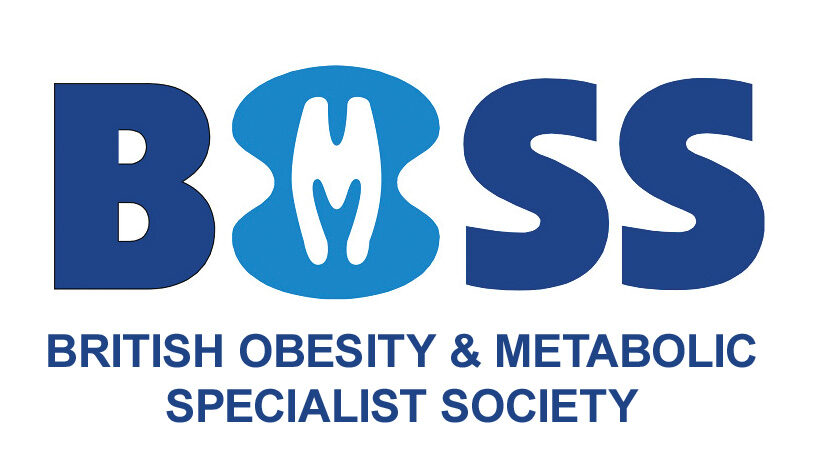A variety of instruments are available for assessing the amount of fat versus lean tissue in the body. However, due to the expense of these instruments and the time required for body fat assessments, obesity is clinically defined by measures that ‘estimate’ adiposity from body weight, height and waist circumference.
BODY MASS INDEX (BMI)
Body mass index (BMI) is the most common measure used to define if a person has obesity.
BMI is a simple index of weight-for-height and is calculated by the following 4 simples steps:
- Measure your height in meters (1 inch = 2.54 cm)
- Calculate the square of your height by multiplying the number above by itself (e.g. if 5 feet 4 inches, this equals 1.63 meters times by itself to generate height squared which equals 2.67)
- Measure your weight in kilograms (1lb = 0.45kg)
- Divide your weight by the square of your height (e.g for a 110 kg, 1.63m tall person this would be 110 divided by 2.67 giving a BMI of 41.2kg/m2).
BMI provides the most useful population-level measure of overweight and obesity as it is the same for both sexes and for all ages of adults. However, it should be considered a rough guide because it may not correspond to the same degree of fatness in different individuals.
BMI is not a good measure of body fat in athletes, body builders, elderly people and pregnant women. BMI also does not tell you whether a person’s fat is present within their abdomen or peripherally.
Knowing your BMI is a good starting point to addressing your weight problems. If you find you are in an unhealthy range, you will want to talk with your GP to help you achieve a healthy weight.
WAIST CIRCUMFERENCE
Waist circumference is a less-common method used to measure obesity in an individual. This simple measurement indicates whether you are at risk of health problems by measuring your waist.
To find your waist circumference, wrap a tape measure around the area above your hip bone and below your rib cage. The cut offs are:
-
- Increased risk of health problems: Men≥ 94 cm (37 inches), Women ≥ 80 cm (31.5 inches)
Greatly increased risk of health problems: Men ≥ 102 cm (40.2 inches) Women ≥ 88 cm (34.6 inches)
